BETHLEHEM — The mood was somber, streets were deserted and stores were shuttered on Christmas Eve in Bethlehem, the Israeli-occupied West Bank city where Christian tradition says Jesus was born in a stable 2,000 years ago.
Set amid rubble and barbed wire, a striking Nativity scene was placed in the city’s central Manger Square, not far from a giant tree that in Christmas season is typically surrounded by revelers and pilgrims visiting the holy site.
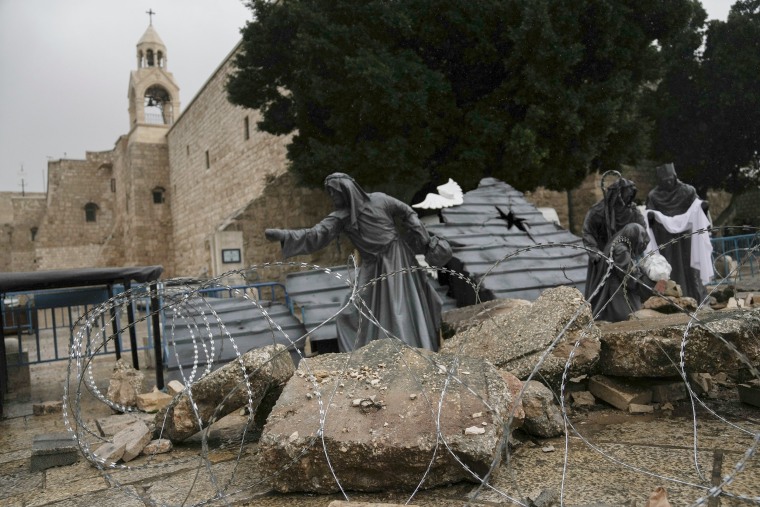
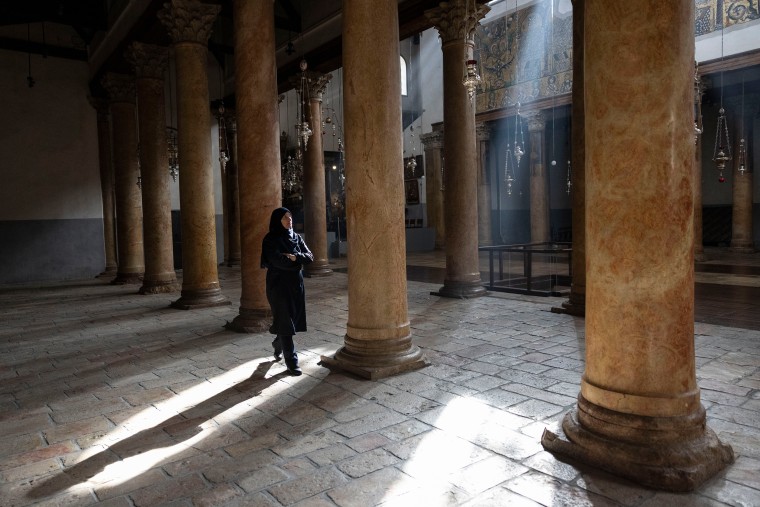
“If Jesus were to be born today, he would be born in Gaza under the rubble,” Munther Isaac, the pastor at the Evangelical Lutheran Christmas Church in Bethlehem, told NBC News Sunday.
“The manger in the rubble is an expression of our reality,” he said. “Today, Christmas is precisely what you see in that manger: a child under the rubble, homes that are destroyed and families that are displaced.”
In normal, more peaceful times, the streets would have been teeming with people making their way to the Church of the Nativity, a protected UNESCO world heritage site.
Many would wait hours just to catch a glimpse of the place, but when NBC News visited very few people were there to witness the rituals that have continued uninterrupted for more than 2,000 years. Some Palestinian Christians held a candlelight Christmas vigil with hymns and prayers for peace in Gaza, instead of the usual celebrations.
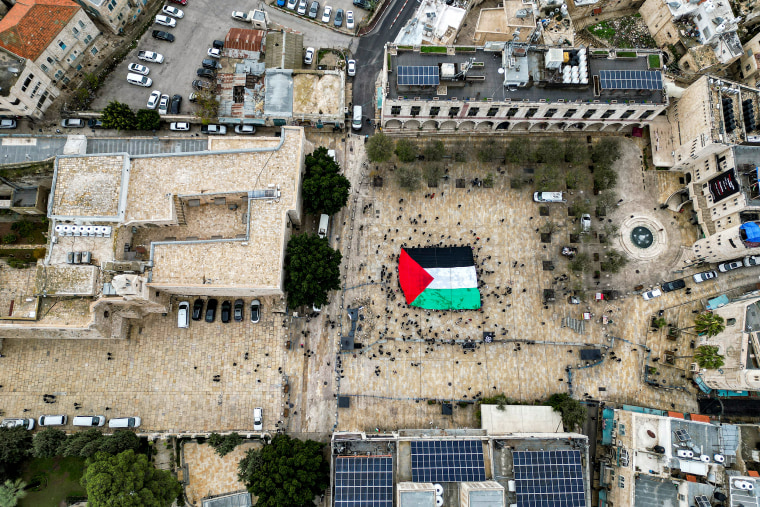
Richard Tabash, the owner for a shop selling Christian souvenirs, said his last customers came in on Oct. 6, the day before the Hamas attack on Israel that left 1,200 dead and saw about 250 people abducted. Some of those hostages were subsequently released as part of a prisoner exchange, but Hamas and smaller militant ally Islamic Jihad, both sworn to Israel’s destruction, are still believed to be holding at least 100 people.
Since Oct. 7, Tabash said he has seen “zero business.”
At home, his 9-year-old daughter, Sofia, said they had not decorated anything “because of the war and innocent people are dying.”
Her comments came after one of the deadliest nights in the 11-week combat between Israel and Hamas less than 50 miles away, in the Gaza Strip.
At a funeral on Monday, a line of Palestinians touched white shrouds containing bodies, many of whom Gazan health officials said were among at least 70 people killed by Israeli strikes on the al-Maghazi refugee camp in the center of the besieged enclave.
Separately, the Palestine Red Crescent, a humanitarian organization operating in Gaza, said its teams transported a large number of people killed and wounded from the site of the attack.
NBC News could not verify the exact number of casualties; the Israel Defense Forces said it was reviewing reports of “an incident” there and that it is taking steps to minimize harm to civilians.
The strike came as Israel appeared to be intensifying its military operations in the Gaza Strip. The country’s navy, ground and air forces “engaged in joint combat” in the enclave, IDF spokesman Avichay Adraee said. He added that a Hamas leader had been killed by a fighter plane, although he did not name the leader.
In recent weeks, Israel has faced pressure from Washington and its Western allies to minimize the number of civilian casualties in Gaza, as the United Nations and humanitarian organizations have warned of starvation amongst large swaths of the enclave population, almost 90% which have been displaced since the conflict began.
Health officials say more than 20,000 civilians — or about 1% of the prewar population — have died since Oct. 7, many of them women and children.
But while Prime Minister Benjamin Netanyahu acknowledged the “heavy cost” of the war on Sunday, he said there was “no choice” but to continue to fight deeper into Gaza until “total victory” over Hamas. Visiting his troops in northern Gaza on Monday, he vowed: “The war continues until the end.”
Jay Gray and Kayla McKormick reported from Bethlehem and Yuliya Talmazan from London.


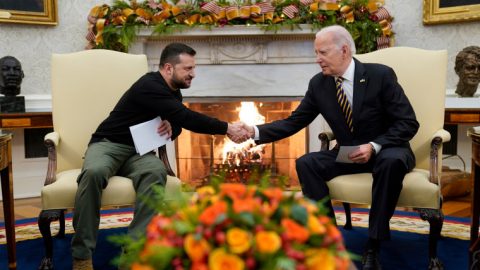
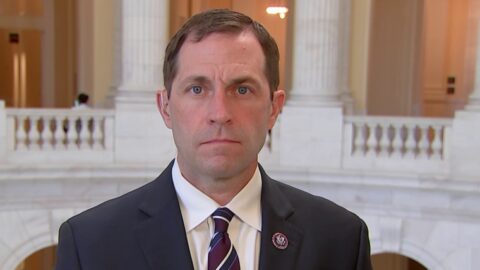
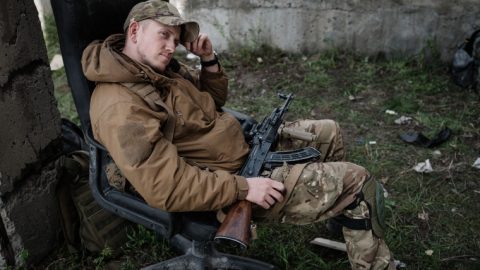

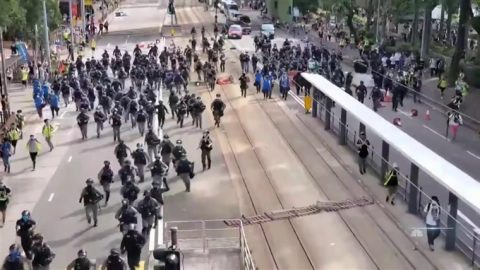


Recent Comments